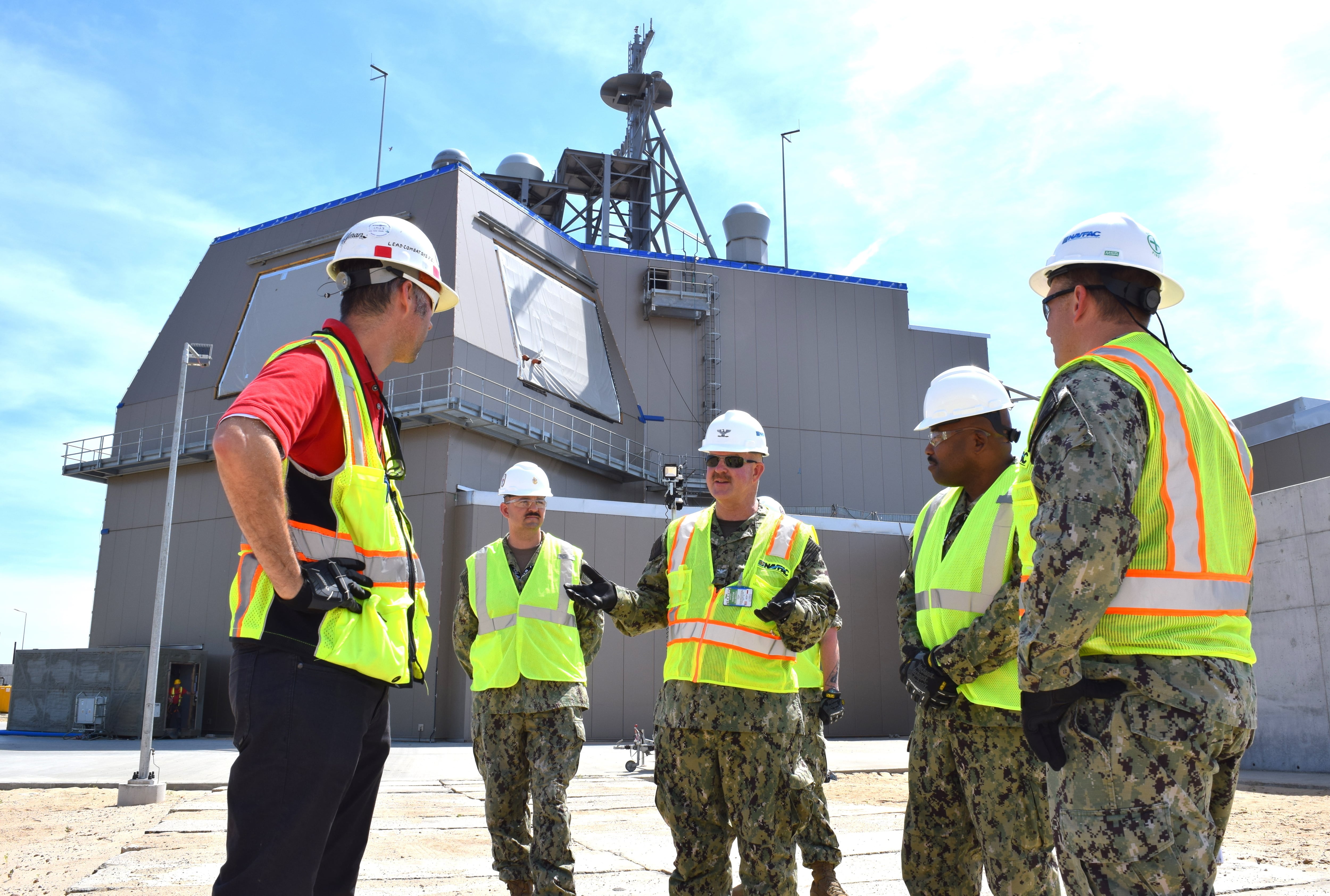WASHINGTON — The Aegis Ashore system complex in Redzikowo, Poland, from the outside appears complete, Vice Adm. Jon Hill, the U.S. Missile Defense Agency director, said, but there is still working going on to complete the system inside.
Construction problems have caused delays in establishing operational capability of the the Aegis Ashore missile defense site in Poland for roughly four years, and MDA and the Army Corps of Engineers have been working to make up for lost time.
MDA has had one operational Aegis Ashore site in Deveslu, Romania, since 2016 and intended to rapidly follow suit with the second site in Poland in 2018. The agency predicted after reassessing the situation that it would not have the site up and running any earlier than 2022.
“When you go to a country like Poland and you set contracts to do military construction, you don’t have total control over that,” Hill said March 9 at the McAleese & Associates defense conference in Washington. “It’s really an Army Corps thing. We could have done a couple of things here, right? I could have stood up here and thrown the Army Corps under the bus but I’m not going to do that. They are our partners and we’re doing a really hard thing out there with Aegis Ashore.”
Hill has previously attributed delays to the contractor hired in Poland to do construction.
He told reporters in early 2020 that the design and engineering of auxiliary controls, heating, power and cooling, “the things that feed a combat system,” was “where the contractor [was] having problems.”
Lt. Gen. Samuel Greaves, Hill’s predecessor, had said the schedule was also affected by poor weather and problems ramping up manpower and other resources.
RELATED

In the last year, Hill said onWednesday, the Aegis SPY-1 radar arrays were incorporated into the build process “way ahead of schedule.”
MDA “did that as a forcing function and Army Corps supported us by completing those construction pieces,” he added.
The equipment for the system is “in place today,” so what’s left is to begin “connecting everything and we will start running tests,” he said. “We’ve got to work on the interior pieces, all the automation, so that we can do the full detect, control, engage mission.”
The delays have resulted in increased costs to the system. In fiscal year 2021, MDA indicated it would need an extra $96 million in funding to maintain the Aegis weapon system at the site, to keep it protected and in temperature-controlled containers, for instance.
Poland’s Aegis Ashore site is part of the European Phased Adaptive Approach to regional missile defense against threats from Iran and includes Aegis radar-capable ships based at Rota, Spain, an AN/TPY-2 radar in Turkey (operational since 2011), and the other Aegis Ashore site in Romania.
While Hill did not offer more fidelity on when he now expects full operational capability, he said that the site in Romania and the ships stationed in Rota are providing a backstop until the system in Poland is up and running.
Jen Judson is an award-winning journalist covering land warfare for Defense News. She has also worked for Politico and Inside Defense. She holds a Master of Science degree in journalism from Boston University and a Bachelor of Arts degree from Kenyon College.








